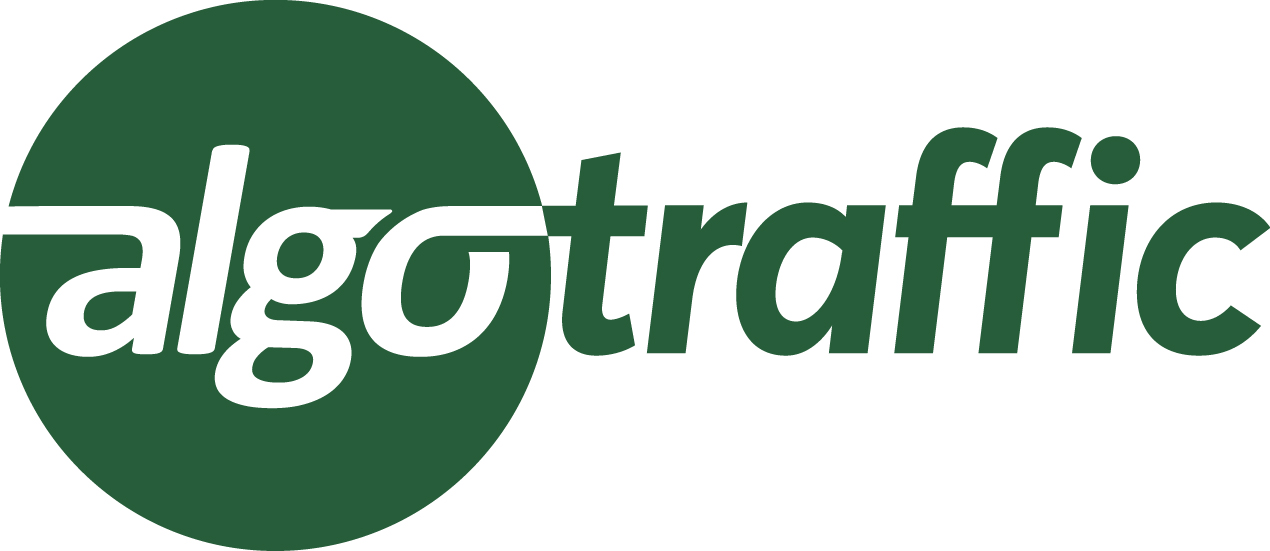We all need a helping hand sometimes, and for many cities and counties across the state the Rebuild Alabama Act is exactly that.
The Alabama Legislature passed the Rebuild Alabama Act in 2019, raising the gas tax for the first time since 1992. The 6-cent increase was gradually implemented over three years, bringing the gas tax total to 10 cents. The Alabama Department of Transportation (ALDOT) puts the funding to use in three ways:
- economic development,
- construction relief, and
- providing grants to cities and counties across Alabama.
It’s worth noting that the gas tax proceeds can not be used for salaries or other compensation that are not direct project costs, or for building structures or buildings that are not installed as part of a road or bridge project. The revenues are only allocated for these three specified purposes.
How do cities and counties benefit?
All cities and counties receive a portion of the gas tax to support their road and bridge projects. When they have additional needs, they can apply for more funding through two grant programs: the Rebuild Alabama Act Annual Grant Program (RAA), and the Alabama Transportation Rehabilitation and Improvement Program-II (ATRIP-II). As of the fall of 2023, more than $170 million has been awarded to cities and counties through these two grant programs. Cities and counties are not required to have a local funding match to receive one of these grants
- Rebuild Alabama Act Annual Grant Program (RAA) The RAA is a transportation infrastructure grant program. It funds improvements to roads and bridges with public access and covers things like resurfacing, widening roads or making repairs to roads and bridges. In 2023, 41 projects were awarded grants totaling just over $10 million. The grants available vary each fiscal year depending on the funds brought in through the tax. In 2023, the maximum funding for an individual RAA grant was $250,000.
- Alabama Transportation Rehabilitation and Improvement Program-II (ATRIP-II) ATRIP-II grants fund local projects that are related to the state-maintained highway system. These funds may be used to rehabilitate, improve or sometimes create new facilities. These projects may include things like expanding lanes or adding new lanes or intersections. In 2023, just over 33 projects were funded at more than $40 million. The grants available vary each fiscal year depending on the funds brought in through the tax. In 2023, the maximum funding for an ATRIP-II grant was $2 million.




